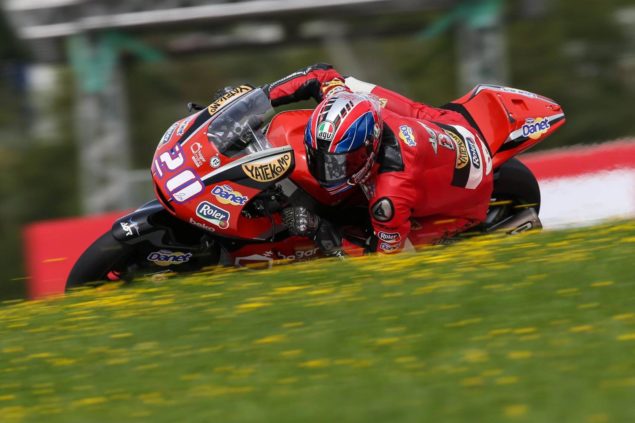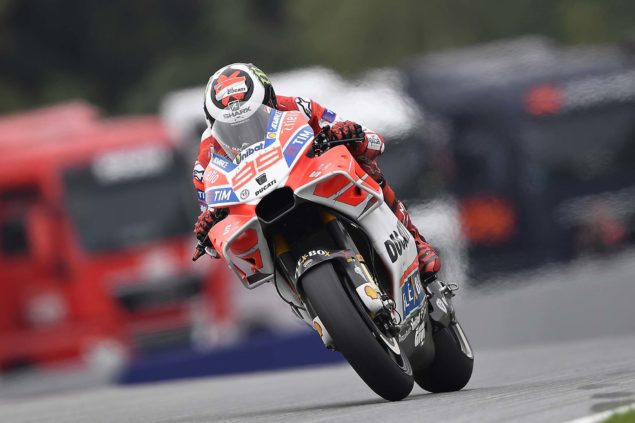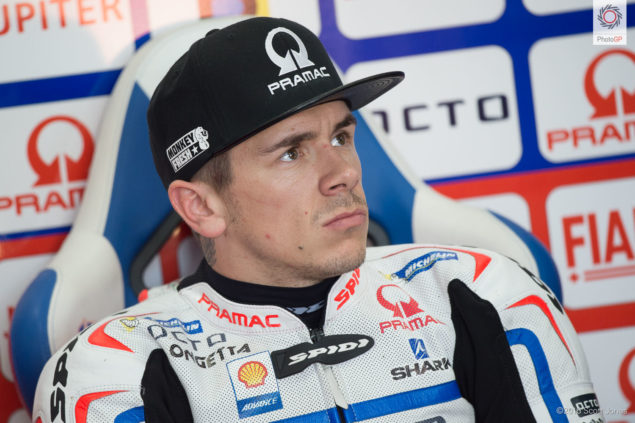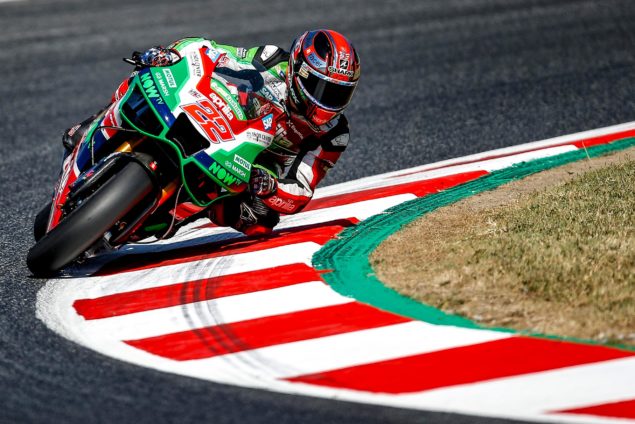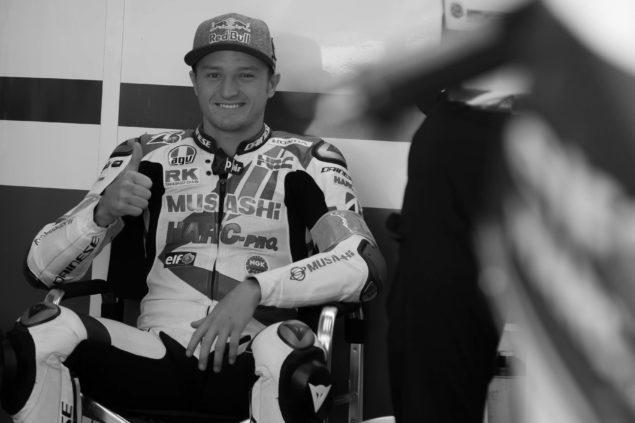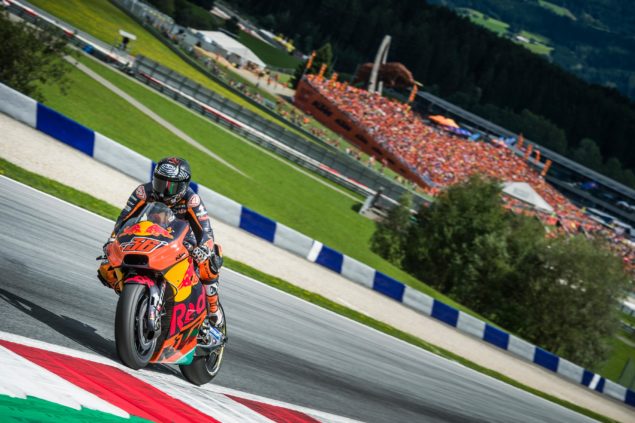
All the old certainties about MotoGP are gone. A few short years ago, MotoGP had a consistent, simple internal logic that made it easy to explain. All that is now gone.
The things we believed were universal truths about racing have turned out to be mere mirages, disguising an ever-shifting reality. And that has made racing mind-bogglingly good.
A case in point. The Red Bull Ring at Spielberg in Austria has a pretty simple layout. Straight, corner, straight, corner, straight, corner, long loop which comes back on itself, straight, corner, short straight, corner, and we’re back at the beginning.
The track is all about horsepower and the ability to accelerate hard, then brake hard. The racing here should be rubbish. The rider with the fastest bike should be able to escape and cruise to victory by tens rather than tenths of seconds.
Yet on Sunday, we saw three gripping races, where the results were long in doubt. The winner of the Moto3 race may have been well clear, but the freight train behind it scrapping over second made for compulsive watching.
Moto2 cooked up another cracker – the fourth in a row, a sign the class is changing – which only really settled in the last four laps. And the MotoGP race became an instant classic, one which make any collection of top ten races of any era.
It truly had everything: a large group battling for the lead, then a smaller group slugging it out, three abreast heading towards a corner. There were hard passes, missed passes, and a wild last-corner lunge to attempt to snatch victory.



